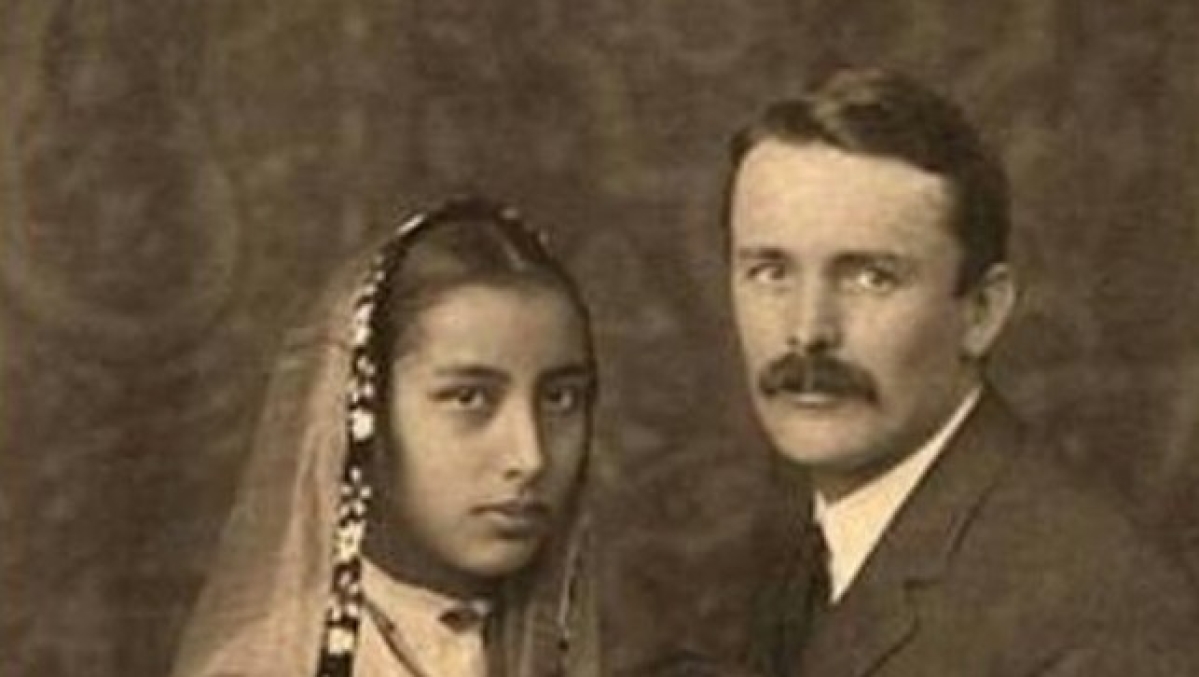Q. Where/When did Satyanand Stokes born?
Ans: Satyanand Stokes was born on 16 August 1882 in Philadelphia, Pennsylvania, USA.
Q. About the father of Satyanand Stokes?
Ans: Satyanand Stokes was the son of a wealthy Philadelphian engineer-businessman of Quaker antecedents, well known for his contribution to the elevator technology.
Q. How did he come to India?
Ans:
- Young Samuel (later Satyanand Stokes) was not interested in following his father into the business and at the age of 22 gave up his studies at the University of Yale and opted to serve mankind.
- Samuel Evans Stokes set for a sail to India and arrived at the leper home Subathu in 1905.
- He was sent for relief work to Kangra, and then devastated by a severe earthquake. Thereafter, he came to the Christian Mission house at Kotgarh.
Q. What is the name of Satyanand Stokes’s book in which he expounded his philosophy of life?
Ans: Satyanand Stokes learned Sanskrit, studied Eastern and Western thought, and expounded his philosophy of life in a book entitled ‘SATYAKAMA.
Read also: ॥ Chanderdhar Sharma Guleri ॥ Shri Lal Chand Prarthi ॥ Norah Richards॥ Shri Bakshi Pratap Singh॥ Nicholas Roerich॥ Amrita Sher Gill॥ Raj Kumari Amrit Kaur ॥ Shri Gian Chand Totu ॥
Q. When did Satyanand Stokes convert to Hinduism?
Ans: In 1932, under the aegis of Arya Samaj, Satyanand Stokes became a Hindu and converted from Samuel Evans to Satyanand.
Q. Satyanand Stokes’s life struggle in Shimla Hills?
- In 1910, he bought a derelict tea garden, got married, and made ‘Barubagh‘ Kotgarh his home.
- Initially, Stokes took to conventional farming and grew wheat and barley at Barubagh.
- In addition planted vegetables including peas, beans, lima beans, pumpkins, and cabbages.
- He identified himself with the local farmers of the Kotgarh area, adopted their lifestyle, and relaxed in the evening with a ‘hookah’.
Q. Role of Satyanand Stokes in Indian politics?
Ans:
- Stokes was sensitive to the political changes sweeping across the country.
- He was inspired by Mahatma Gandhi, and began to wear Khadi and made a bonfire of his western clothes.
- He was convicted for his nationalist activities and in 1922, imprisoned in Lahore Jail for six months.
Q. Satyanand Stokes as the Economic Emancipator of The Hills?
Ans:
- Apple had always been grown in the hills. The varieties popular in England were introduced by the British in Kullu and the Mission Houses in Kotgarh.
- The first apple tree in this country was planted by Capt. R.C. Lee of the British army in the Kullu valley way back in 1870. The apples he planted were the Newton Pippins, King of Pippin, and the Cox s Orange Pippin, but unfortunately, because of their sour and tangy taste the cultivation of these English varieties was not undertaken by the local farmers. Indians, who were used to traditional fruits like mangoes wanted something sweeter.
- Stoke introduced both apples and culture of growing apple as a commercial crop for small farmers at heights above 6000 feet in Himachal Pradesh.
- Working with his own hands, he pruned the trees and introduced the practice of meticulously grading apples, according to their size, colour, and quality before packing them for the market. It benefited farmers who had marginal unirrigated lands, where they grew a single crop of wheat or barley.
- By the early 20th century, America had entered the age of commercial cropping and patents for grafted varieties.
- Stokes in field trials had selected the newly patented delicious variety of apples from the Stark Brothers.
- In 1925, at the cost of a dollar, a plant Stokes imported and distributed the nursery plants free to the farmers who had ordered them.
- During the early years, each apple was wrapped in a green tissue paper and each box was stamped “Kotgarh Apples“. Stokes believed in the ethics of manual farm work.
Q. The contribution of Satyanand Stokes in Social work?
Ans:
- Begar was abolished from the Shimla district in 1921 because of his efforts.
- Satyanand Stokes set up a school both for his seven children and for the 30 children of the village in 1925.
- Satyanand Stokes insisted that every child, including his own, should work for 45 minutes in the orchard.
Q. When did Satyanand Stokes die?
Ans: Satyanand Stokes died in 1946, a year before freedom.
Q. Published works of Satyanand Stokes?
Ans:
- Satyakama: Man Of True Desire
- Arjun: The Life-Story of an Indian Boy
- The Failure of European Civilisation as a World Culture
- The Gospel According to Jews and Pagans: The Historical Character of the Gospel Established from Non-Christian Sources
- National Self-realisation and Other Essays
Read also: ॥ Sardar Shobha Singh॥ Baba Kanshi Ram॥ Bhag Mal Sautha॥ Satya Prakash Bakshi ‘Baggi‘॥ Shri Padam Dev॥ Surat Singh Vaid॥ Kinkri Devi ॥ Justice Mehar Chand Mahajan॥ Shri Yashpal॥ Shri Deena Nath Aandhi॥
Stay updated with us:
